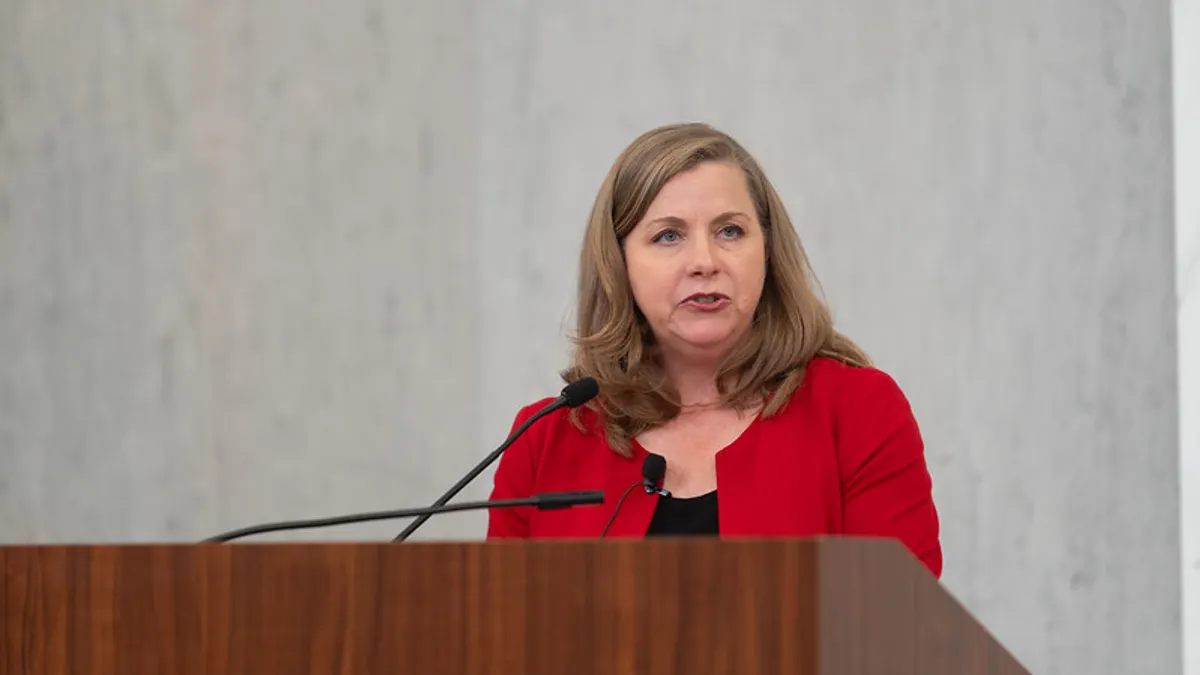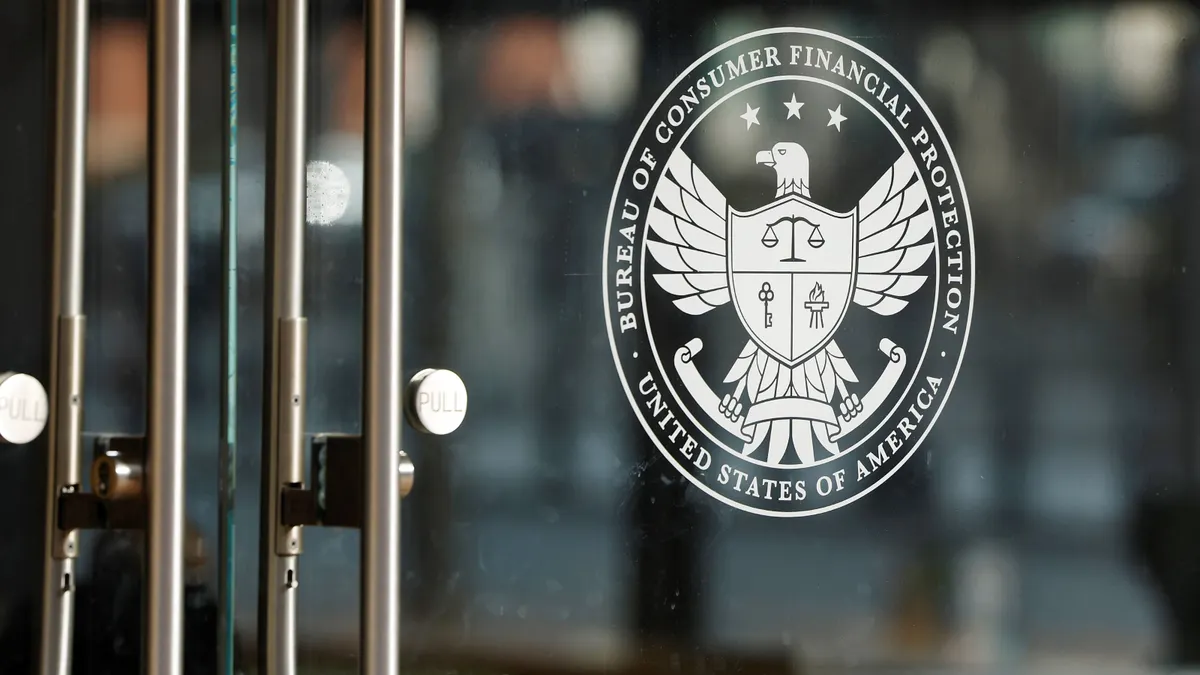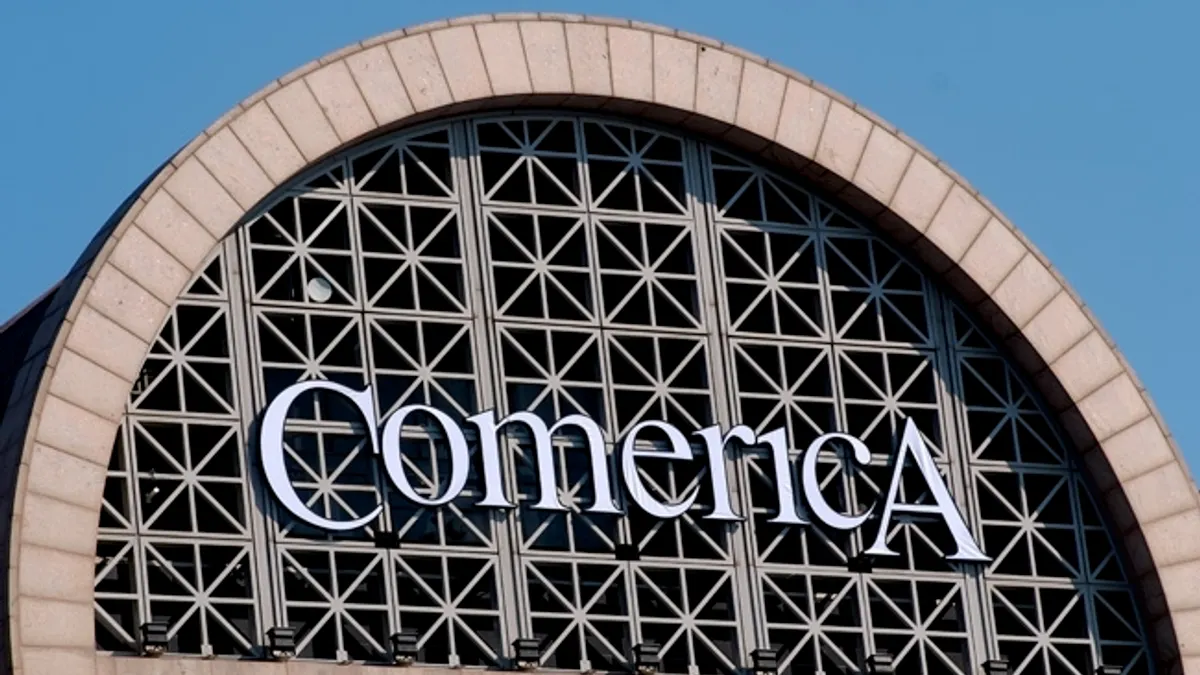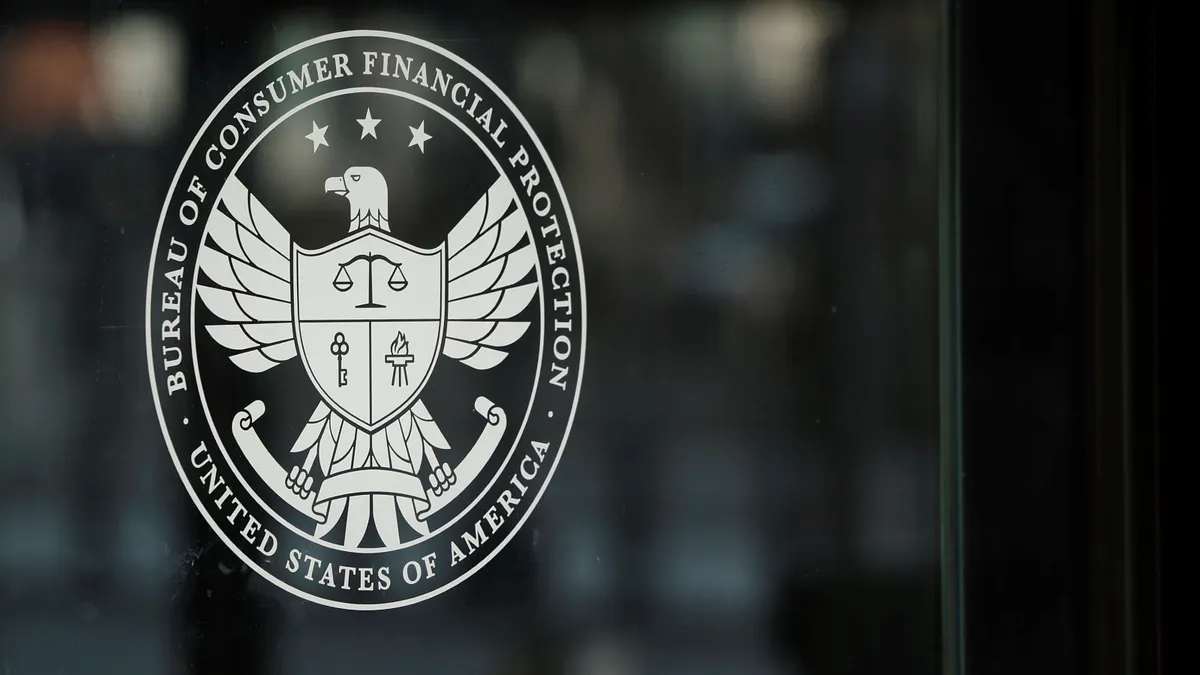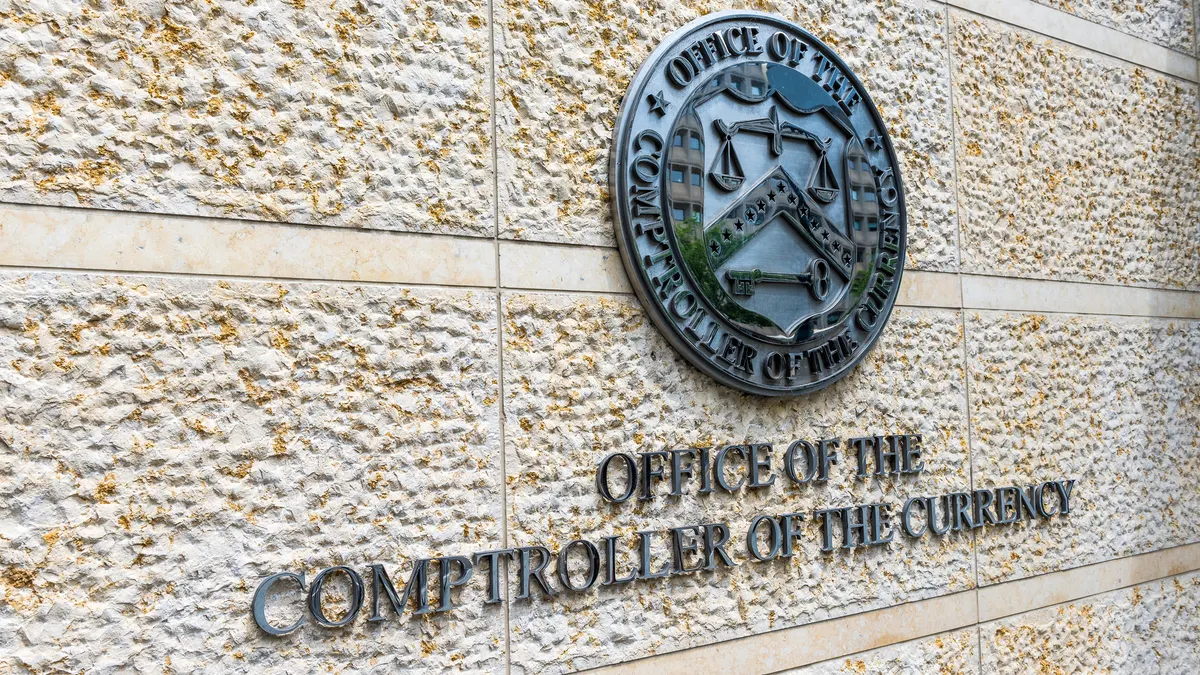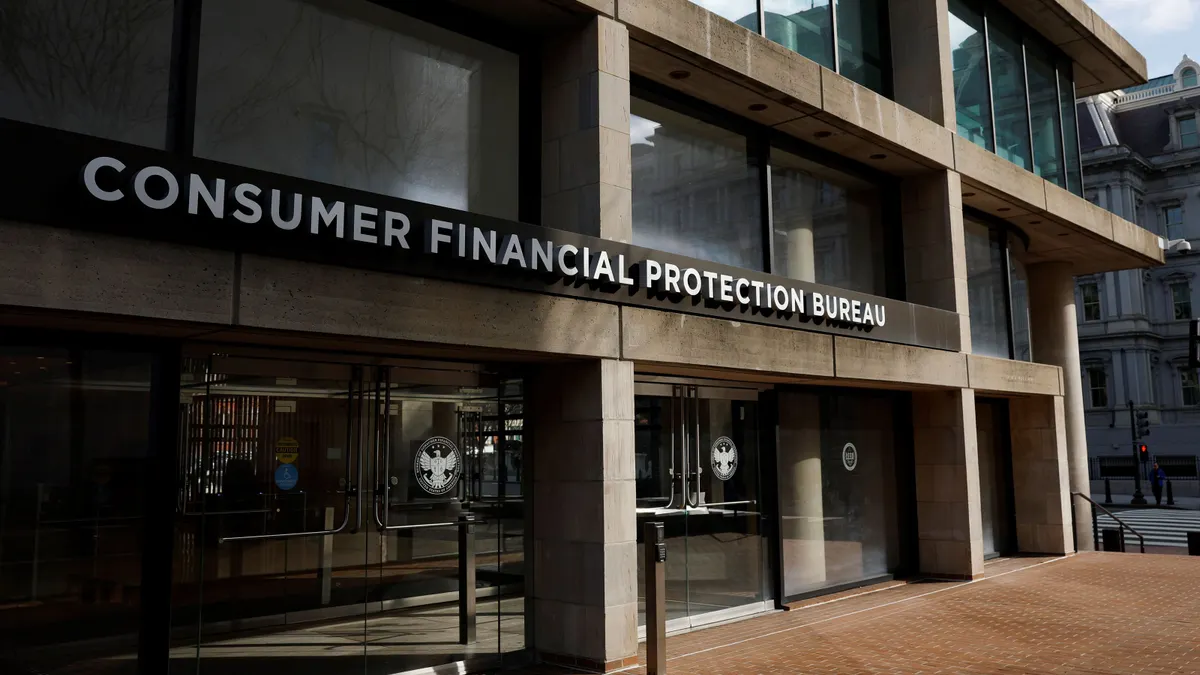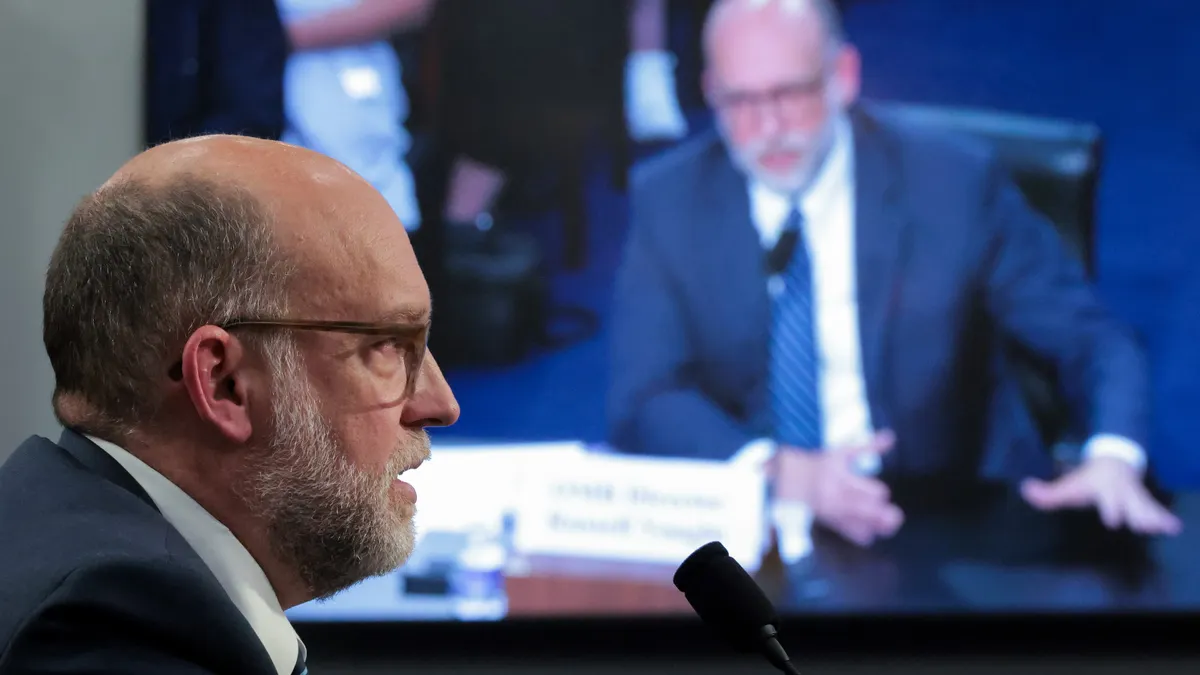Community bank CEOs lamented regulatory “scope creep,” emphasizing Thursday at a Federal Reserve conference that their small institutions shouldn’t be held to standards that apply to big banks.
The urgent need for tailoring in bank regulation and supervision was a consistent theme Thursday during the community bank-focused conference that featured appearances by Treasury Secretary Scott Bessent, Blackstone CEO Stephen Schwarzman and others.
It’s also been a frequent talking point of Michelle Bowman, the Fed’s vice chair for supervision, as Trump-appointed regulators have pledged to bring relief to smaller banks in particular.
Tailoring “is not new, but it has simply been ignored in recent years,” Bowman asserted in her closing remarks at Thursday’s conference.
“Our support for community banks cannot just be lip service; it must translate into specific actions that right-size regulation and apply appropriate supervisory standards, specifically in identifying the appropriate definition of a community bank, in establishing appropriately tailored regulatory thresholds and in approaching supervision focused on material financial risk,” Bowman said.
Bowman expressed support for adjusting and indexing asset thresholds, calling it “a simple fix” that would benefit community banks. She’s also pushing for simpler regulatory application reviews and changes to the community bank leverage ratio, an optional framework community lenders can use to measure capital adequacy. The Fed this week also issued guidance that clarifies capital options for mutual banks.
To take things further, Bowman advocated for greater transparency, noting the Fed’s efforts to revise supervisory practices and focus more on material financial risk would be “most effective” if paired with revisions to the definition and scope of confidential supervisory information.
And she called for supervisory practices to be “appropriately calibrated so that a bank's supervisory ratings reflect its financial condition and material financial risks.”
Community bank CEOs at the conference, likewise, voiced support for adjusting and indexing asset thresholds – which the Federal Deposit Insurance Corp. has proposed – and exploring deposit insurance reform.
Highlighting how bigger bank standards tend to trickle down, Cathy Owen, CEO of Little Rock, Arkansas-based Eagle Bank, said her institution is “at the verge of the $500 million [threshold], and our regulators are already talking to us about ‘When you hit a billion,’ so you need to start building those elements in, in between.”
Deposit insurance reform may be difficult to address, but Mark Schifferdecker, CEO of Girard, Kansas-based GNBank, said he’d like to learn more about the costs and benefits.
“Going back to 2023, the world has changed with liquidity, particularly for community banks and regional banks,” Schifferdecker said. “I would really encourage the regulators, particularly the FDIC, to crunch the numbers because we don't want to reform deposit insurance during a time of crisis. We want to tackle that during a non-crisis period.”
Bessent, for his part, also voiced support for deposit insurance changes while at the conference Thursday.
Small bank CEOs also want to see the burgeoning digital asset industry as regulated as banks are. Greg Hayes, CEO of Belleville, Pennsylvania-based Kish Bank, pointed to financial reporting requirements for stablecoin issuers in new legislation, compared to standards banks are held to.
“I crossed a billion dollars, and I had to comply with [Federal Deposit Insurance Corporation Improvement Act] compliance,” he said. “Yet, a stablecoin issuer is looking at a $50 billion threshold. So that's the threshold mindset in new legislation today. There's got to be better parity.”
To Hayes, that underscores the need for bank regulators “to be activity regulators.” He pointed to banks’ loss of mortgage lending activity, because mortgage originators weren’t subject to the same level of regulation and Community Reinvestment Act requirements.
“We're going to see it with stablecoin, right?” Hayes said. “If you're not regulating the activities of everyone that is moving money or issuing debt the same way, if you're just focused on how you regulate banks, I think we're going to miss out on keeping community banks sustainable as a business model.”
Although he supports tailoring regulation, John Eggemeyer, founder of community bank-focused investment firm Castle Creek Capital, said “the challenge will be, there still has to be some quantitative standard against which you are still trying to equate the risk of the business with the amount of oversight and capital and liquidity that's required by institution.”
Additionally, “there is a great deal of difference between how examiners in one district look at something versus examiners in another district,” Eggemeyer said, and “that's true even within different exam teams.”
James Vaccaro, CEO of New Jersey’s Manasquan Bank, said he hopes that the tone of Thursday’s conference, with the emphasis on material financial risk, carries over to examiners in the field.
“I want to make sure that when the safety and soundness examiners come into the individual institutions, their actions are reflective of the kind of tone that we're hearing today,” he said.


